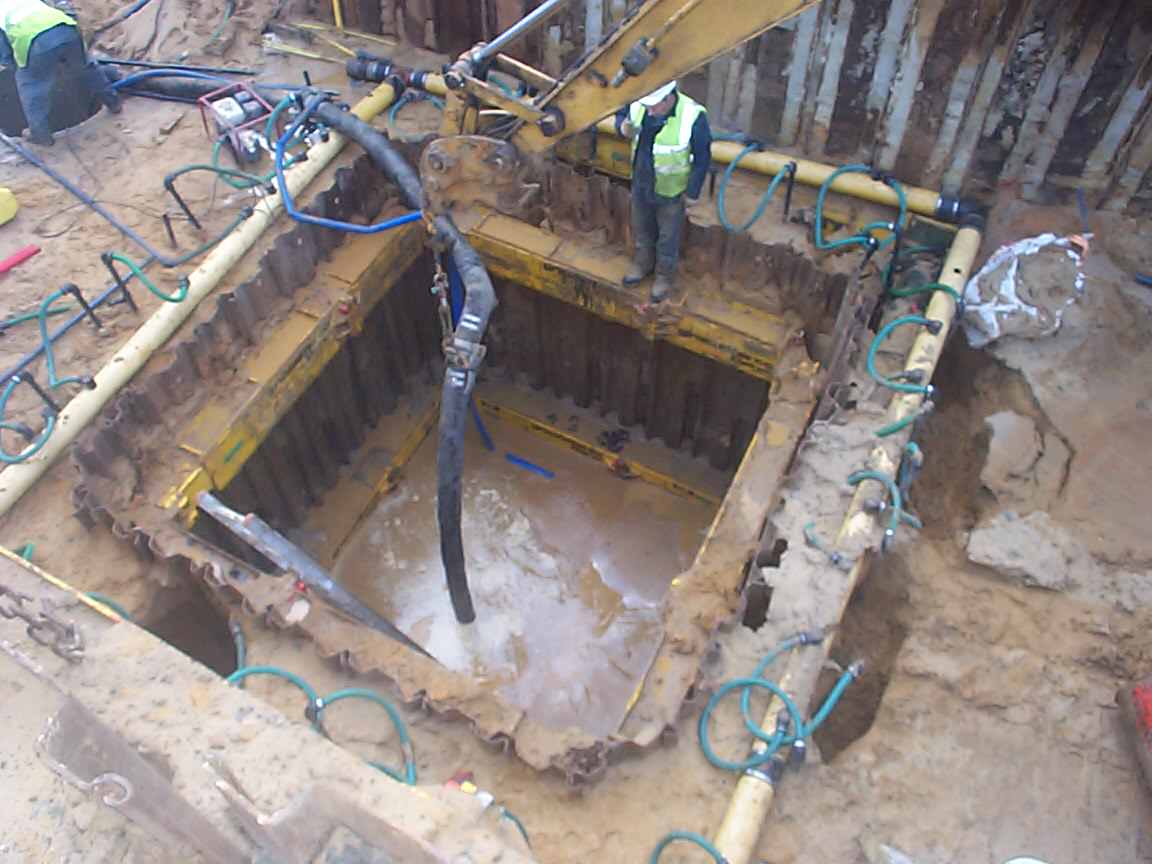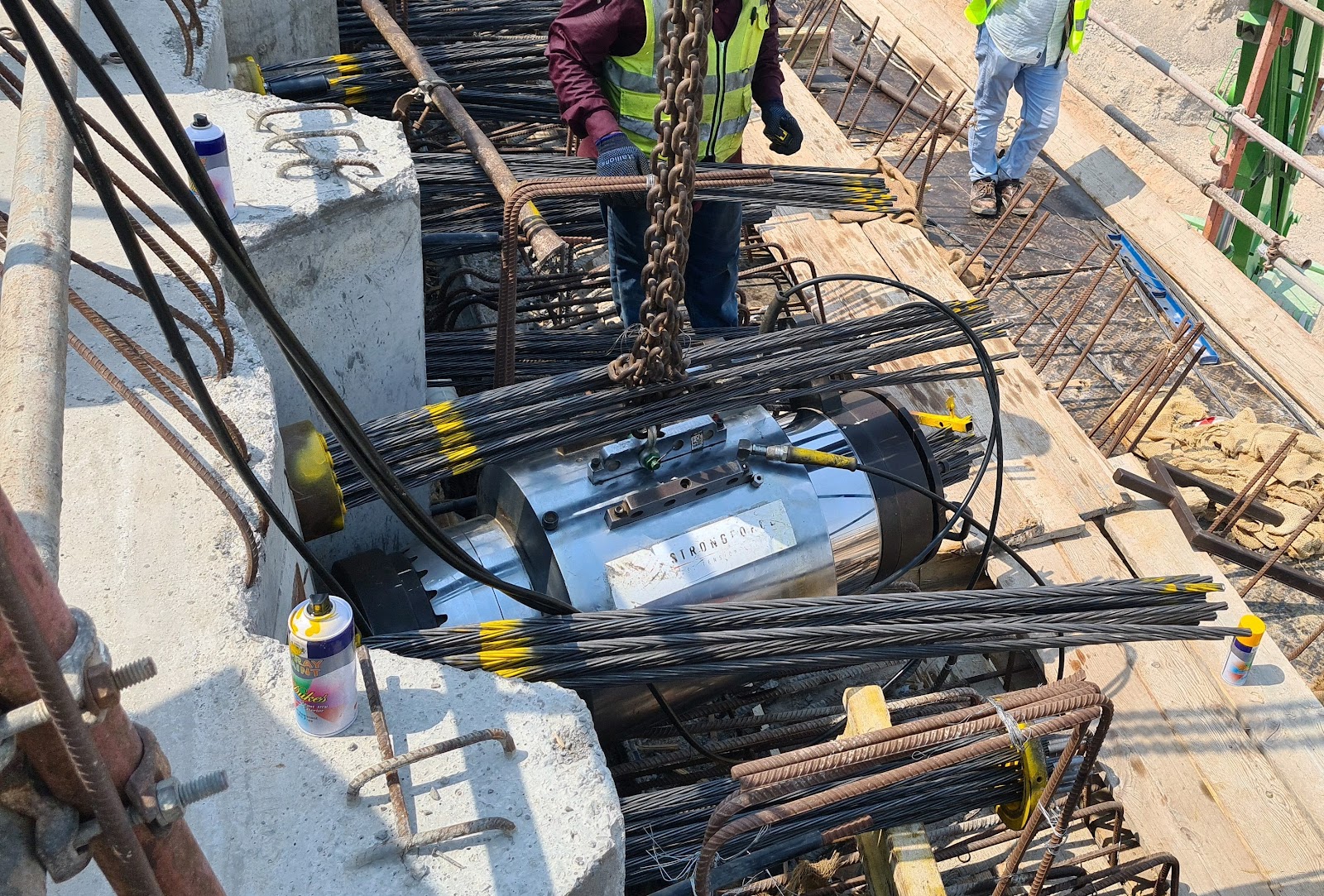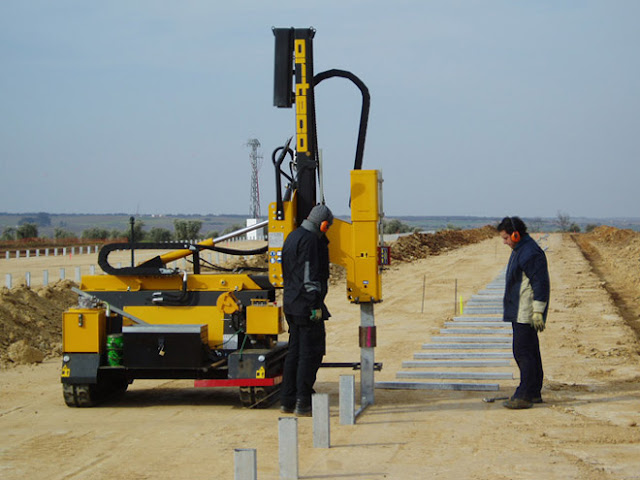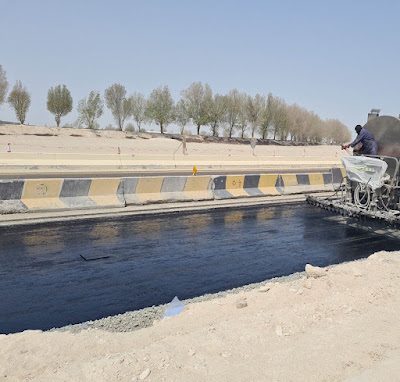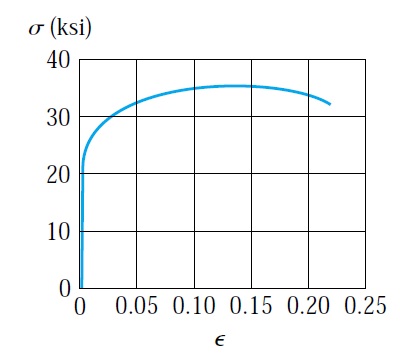construction management: concrete construction

Click here to join This course is designed to expand your knowledge. in this course you will learn almost everything about concrete. Concrete is the most used material in construction worldwide. We can find concrete almost in everything around us. Therefore, we need to understand the properties and behavior of this material and what the reason behind using it intensively in construction. Concrete is a durable and it live for a long time. That's why it is preferred in construction of house and building. In this course, we will study the different ingredients of concrete. Also, I will explain the admixture and how various admixtures can alter concrete properties. Recently the using of pozzolans increased sharply, adding of pozzolans to the concrete mix will enhance concrete properties. We will discuss the different type of pozzolans and their effects on concrete. Also, in this course, you gain knowledge regarding SCC and fiber reinforced concrete. Concrete is very good in compressi





